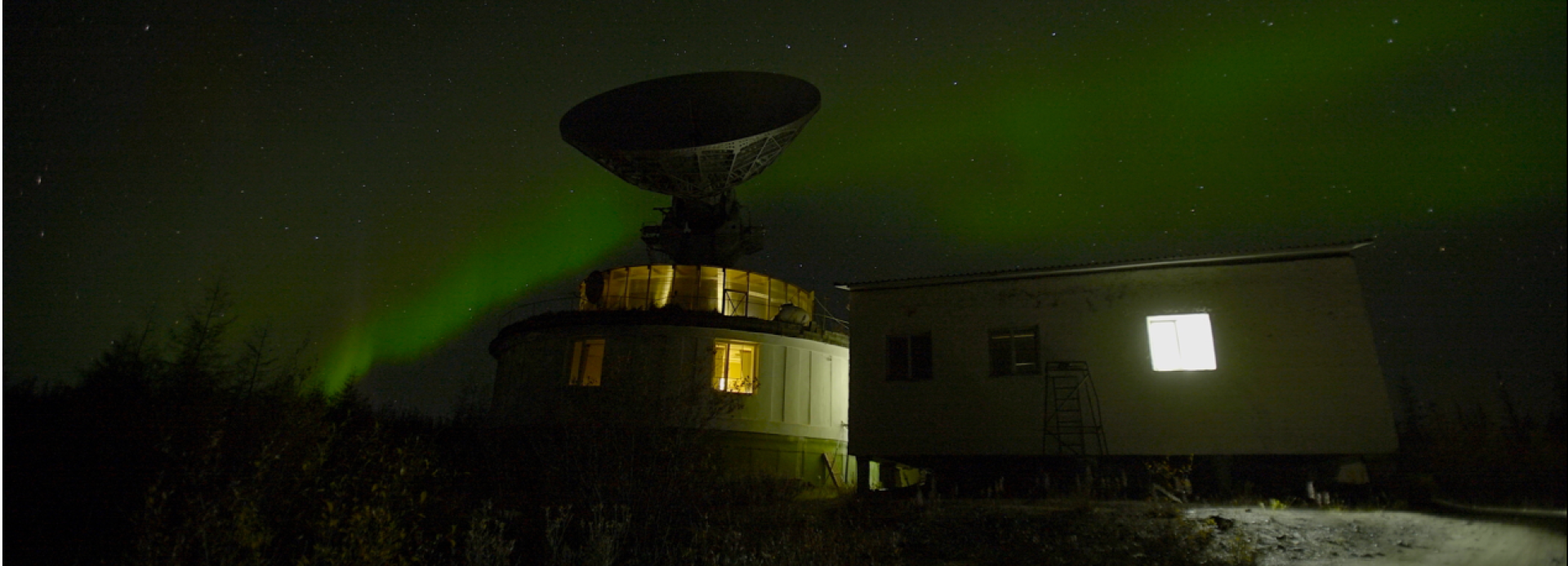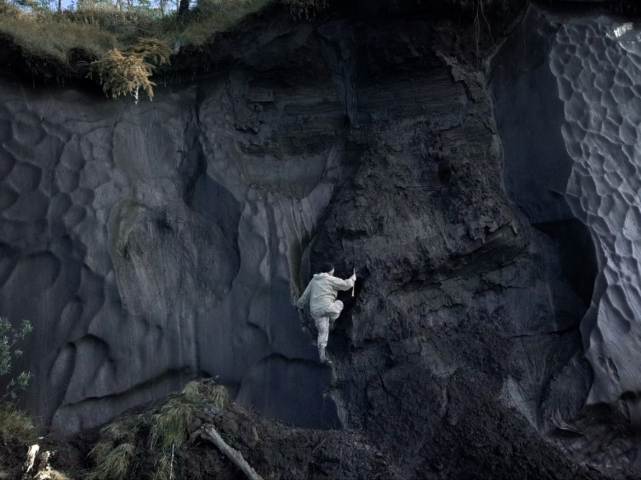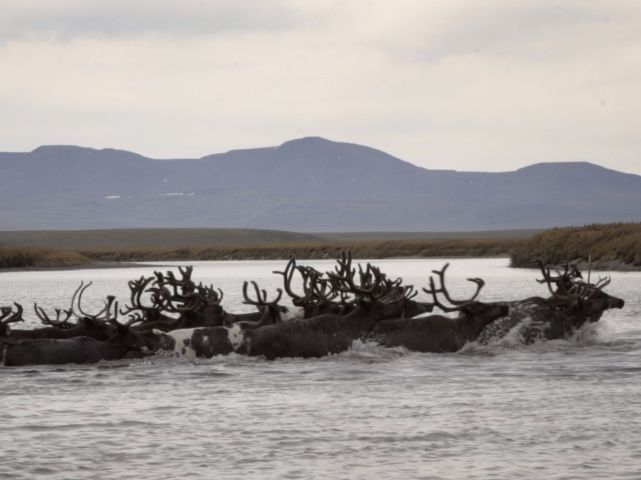
Film project with impact campaign

Plot
At the end of the world, past the Arctic circle in deepest Siberia, two Russian scientists, a father and a son, are conducting a unique scientific and human experiment: by turning back time and going back to the Ice Age, they plan to save the world from its imminent destruction. For all scientists agree on at least one thing: the thawing permafrost is one of the most dangerous and serious environmental catastrophe to come. This frozen layer under the earth's surface incubates millions of tons of methane, a powerful greenhouse gas, as well as mega viruses and mercury. Just a few degrees warmer, and the fragile permafrost will set off a climate bomb.
2005 veröffentlichte Serguey Zimov in der renommierten Zeitschrift Science einen Artikel, der die Aufmerksamkeit der akademischen Welt auf sich zog. Er legte seine geniale und innovative Methode zur Bekämpfung des Auftauens des Permafrosts dar. Seitdem wird diese Theorie "Die Zimov Hypothese" genannt. Das Pleistozän, besser bekannt als die Eiszeit, hatte ein kaltes und stabiles Klima. Genau das, was die Menschheit heute brauchen könnte. Sein dominierendes Ökosystem, die Mammutsteppe, zeichnete sich durch eine hohe Dichte an Wildtieren aus, die alle am Ende des Pleistozäns aus noch unklaren Gründen verschwanden.
In 2005 Serguey Zimov published an article in the prestigious Science magazine that caught the attention of the academic world. He set out his ingenious and innovative method for combatting the thawing of the permafrost. Since, this theory is called 'the Zimov Hypothesis':
The Pleistocene Era, more widely known as the Ice Age, had a cold and stable climate. Exactly what humanity could need today. Its dominant ecosystem, the mammoth steppe, was characterized by a high density of wild animals, all of which disappeared at the end of the Pleistocene Era for reasons that remain unclear.

According to Sergey, a major reintroduction of large herbivores would help restore this Pleistocene ecosystem, and would have a cooling effect on the climate. In other words, man could change the climate with the help of wild animals.
More surprisingly, Zimov started putting his theory into practice by creating an open-air experiment called Pleistocene Park. For fifteen years Sergey and his son Nikita have been importing yaks, reindeer, bison, musk-oxen and wild horses. Alone.
An impact campaign for permafrost
The film follows the Zimov over a year, revealing the challenges they face with the changing seasons, the breaking points, the hard reality, the brave achievements.
Denis Sneguirev would like the spectator to experience the same emotional journey that he had as a director. "As he discovers the characters, the place and the nature of the experiment, I want them to go from disbelief to admiration, from admiration to skepticism, from skepticism to hope, from hope to action."
While there is no global permafrost management movement, there are a few dedicated individuals and teams who are already working to counteract the permafrost thawing. We endeavour to increase their work by using the film as a tool to build partnerships, conversations and collaboration in order to aid the implementation of robust solutions. We are designing an impact campaign with measurable goals, to raise awareness on this burning issue, support the Pleistocene Park, and foster a dialogue with the indigenous communities of the arctic who are experiencing first-hand the threats of this climate disaster.
Coming from Paris, we are delighted to have Denis Sneguirev and Khadidja Benouataf with us to attend the Climate Story Lab.

